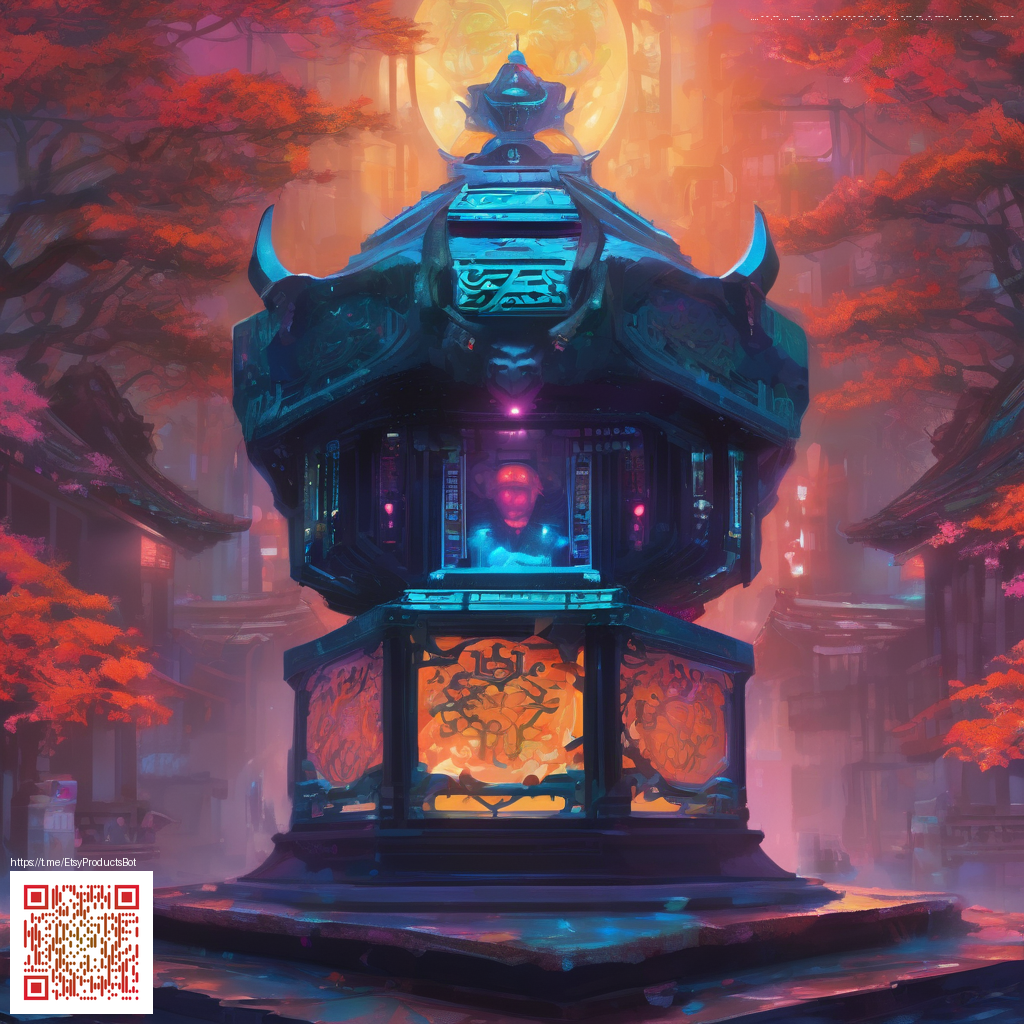
AI-Generated Images Transform Marketing Asset Creation
In the fast-paced world of digital marketing, visuals are often the first handshake with a customer. Today’s AI-enabled image generation tools empower teams to move from concept to asset in hours rather than days. Rather than waiting for a photographer schedule or a design sprint, marketers can experiment with multiple styles, tones, and compositions—the kind of agility that turns experimentation into scalable results. 🚀🎯
Key benefits at a glance
- Speed: generate a library of visuals in moments, not weeks. ⏱️
- Consistency: align every asset with brand guidelines, color palettes, and typography. 🎨
- Cost efficiency: reduce shoot costs and logistical overhead by replacing or augmenting traditional photography. 💸
- Personalization: tailor visuals for segments, locales, or even individual customers at scale. 👥
- Experimentation: test headlines, layouts, and product angles without breaking the bank. 🧪
“AI-generated visuals let teams explore more ideas in less time, then lock in the strongest concepts for production.” — marketing technologists 💡
From idea to asset: a practical workflow
The typical journey starts with a brief and a mood board. From there, teams build a palette of prompts that reflect the brand voice—whether it’s bold and energetic or clean and premium. A well-pruned prompt library helps maintain performance across campaigns while still inviting creative deviations. Version control becomes essential: saving iterations lets you compare concepts side by side and capture learnings for future prompts. 🧠🖼️
As you iterate, it’s wise to organize assets by use-case: product pages, social tiles, email headers, and ad banners each have distinct aspect ratios and focal points. A quick export in the correct dimensions prevents last-minute bottlenecks during flight schedules. And because accessibility matters, ensure visually rich assets also include descriptive alt text and sufficient color contrast in overlays. 🔎🎯
Practical tips for marketers
- Start with three core styles per product group to keep production predictable while preserving room for experimentation. 🗂️
- Define a brand prompt kit that codifies tone, imagery, and composition rules. This acts as a north star for all team members. 🧭
- Use layout presets to quickly adapt assets for different channels—social, email, and PDPs—without sacrificing consistency. 📐
- Incorporate lived data into prompts when possible (seasonality, region, or audience insights) to boost relevance. 📈
- Establish a QA step that checks for misrepresentations, safety concerns, and brand misalignment before publishing. ✅
When applied thoughtfully, AI-generated visuals can complement product storytelling in meaningful ways. For instance, consider a product like the Neon Phone Case with Card Holder. A campaign can cycle through a glossy, high-contrast hero shot, a lifestyle scene with card storage in frame, and a minimalist product tile—all derived from a consistent prompt framework. These variations help test which presentation drives the most engagement without requiring new photo shoots every time. 📷✨
To stay inspired, marketers often browse curated inspiration hubs or case studies like the page at this reference page. It serves as a reminder that great visuals come from a blend of artful prompts, brand discipline, and a willingness to iterate rapidly. 🔗🤝
Choosing prompts and maintaining brand discipline
Prompts work best when they reflect a clear brief and a brand canon. Start with details such as lighting (soft vs. hard), color temperature, and focal points (product in view vs. hero shot with negative space). Then layer in brand motifs—neon accents for a tech-forward vibe, matte finishes for premium feel, or bold typography overlays for announcements. The key is consistency across assets so customers instantly recognize your campaigns, no matter the channel. 🔤💎
“The best AI-generated assets feel human in their intent—crafted with care, not churned out by default.” 🧩
Another practical consideration is asset management. As you scale, a centralized library with clear naming conventions and usage rights helps prevent duplication of effort and confusion. A well-structured pipeline also makes it easier to collaborate with designers who can curate prompts and approve outputs before they’re pushed into production. The result is a harmonious blend of machine-assisted speed and human oversight. 🗂️🤖
Future-ready marketing assets
Looking ahead, AI-generated visuals will likely become more tightly integrated with data dashboards, enabling real-time creative optimization. Imagine dashboards that surface prompts that yielded higher click-through rates, or automated variations that test color palettes at different times of day. For marketing teams, this means not only faster asset creation but also smarter, evidence-based iteration. The outcome is more engaging campaigns, higher conversion potential, and less creative fatigue. 🚀💡
Similar Content
For more examples and discussion, check out the related page: https://degenacolytes.zero-static.xyz/8bbe678f.html